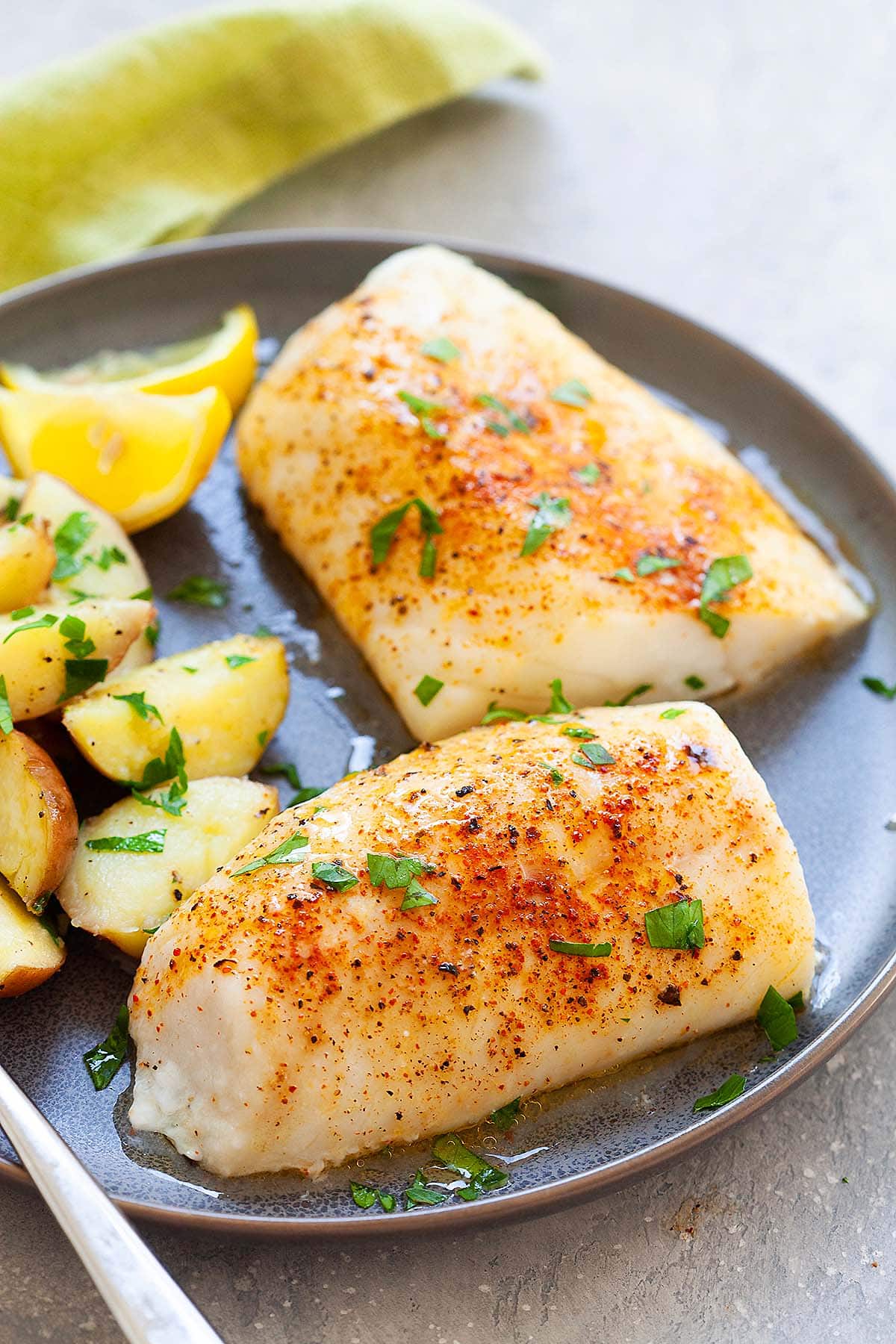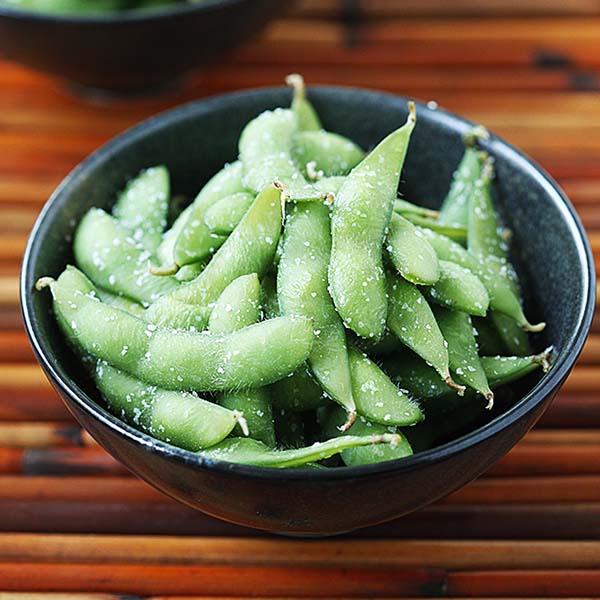This post may contain affiliate links. Please read my privacy policy.
Light and filling, green tea rice is a Japanese comfort food made of steamed rice and savory tea. It's quick, healthy, and goes well with a lot of entrees—perfect as a comforting meal after a busy day!

Green Tea Rice
A heaping bowl of green tea rice or ochazuke is one of the simplest Japanese dishes you can make at home. Hearty, refreshing, and filling, it’s something you can whip up when you’re feeling a bit under the weather or craving a delicious meal after a long day.
This tea on rice recipe is healthy, low in calories, and extremely easy to make. It looks really simple, but the clean and toasty flavor of green tea combined with rice and various toppings make for a satisfying and comforting meal.
Want to try another staple Japanese comfort food? Check out my Asari Miso Soup recipe!
What Is Ochazuke

Ochazuke is a simple Japanese rice dish doused in savory hot green tea and optionally, topped with various ingredients. In Japanese, ocha means “tea” and zuke means “to submerge,” which perfectly describes this dish.
It’s commonly eaten as a quick meal, but it’s also usually given at the end of a large meal in Japanese restaurants. The hot tea is poured over the rice and sometimes topped with flaked fish, pickled vegetables, or seaweed.
In Japan, this dish is typically eaten using chopsticks with the remaining rice and green tea slurped like soup. Of course, you can also use a spoon if that’s more comfortable for you. Make sure to mix your bowl well to fully incorporate all the flavors before you dig in!
What Kind Of Green Tea To Use
In general, you can use any type of green tea, but the best ones are called Shincha leaves. It’s technically the very first spring harvest of Sencha tea for the year, so it’s sold out even before it’s harvested.
It is celebrated for its fresh and lively aroma, naturally sweet finish, and smooth umami flavor, which makes up the qualities of a premium green tea.
For this green tea rice recipe, you can steep any tea leaves to make the tea that will be poured over the cooked rice. Check out other alternatives you can explore in the Ingredients section!
Benefits And Nutrition Of Green Tea

Fresh Shincha leaves are distinct from the latter-harvested green tea called Sencha. Compared to Sencha, it has a subtle sweetness, which can be attributed to a higher L-theanine and lower caffeine content.
The rich and vivid tea leaves are also more fragrant and fresher in taste. And the best part? It has higher Vitamin C and antioxidants than regular green teas!
Japanese Green Tea Rice Ingredients

- Steamed rice – I like to use white rice like jasmine and short-grain sushi. But you can totally use leftover rice from your fridge!
- Green tea leaves – In this recipe, I opt for Shincha, sometimes called Sencha, for a complex yet balanced flavor. You can use other types of green tea like Houjicha and Genmaicha for a different flavor profile.
- Toppings – I wanted this green tea rice recipe to be simple, so I only used thinly sliced scallions and white and black sesame seeds.
See the recipe card for full information on ingredients.
How To Make Tea On Rice
The Japanese really have a way with comfort food that’s both tasty and healthy. But what I love the most about this tea on rice recipe is how convenient it is to make!
A simple green tea rice is one of my go-to for a light meal. But you can also add some Japanese dashi to the rice to jazz up the flavor. Or explore other non-traditional toppings like grilled chicken and mushrooms for variety.
Step 1. In a small sauce pan, bring the water to a simmer, add the green tea leaves and salt and turn off the heat. Set aside for 10 minutes. Drain and filter the tea. Discard the green leaves.
Tip: Boost the flavor of your green tea rice by using more tea leaves to achieve a stronger brew. Use Japanese dashi instead of salt for more umami flavor.
Step 2. Get a large shallow bowl, put the steamed rice, and add the scallions and sesame seeds on top of the rice. Pour the green tea over the rice and serve immediately.
Frequently Asked Questions
Yes! Tea is known to have various health benefits and antioxidant effects, while rice is a great source of carbohydrates. Toppings like fish and seaweed also add protein to the dish.
I don’t recommend using powdered green tea or matcha green tea to make this recipe.
Compared to black tea and coffee, green tea has a lower caffeine content. A cup of green tea contains about 22 to 40 mg of caffeine.
Yes, you sure can. While traditional green tea rice is made with white rice, you can easily swap it out for brown rice. It has more fiber too, making this dish even healthier.
The saltiness of ochazuke depends on the toppings and additional seasonings you add to it. Furikake, for example, is a common topping for this dish and is quite salty. The same goes with dashi which is usually added to green tea rice.
This green tea rice recipe has only 106 calories per serving.

What To Serve With This Recipe
Serve this dish with other Japanese dishes (such as agedashi tofu, chicken teriyaki and salmon teriyaki). For an easy and healthy weeknight dinner, I recommend the following recipes:
I hope you enjoy this post as much as I do. If you try my recipe, please leave a comment and consider giving it a 5-star rating. For more easy and delicious recipes, explore my Recipe Index, and stay updated by subscribing to my newsletter and following me on Facebook, Pinterest, and Instagram for new updates.
Other Recipes You Might Like


Green Tea Rice
Ingredients
- 1 cup cooked steamed rice , such as jasmine or short-grain sushi
- 1 cup water
- 2 tablespoons green tea leaves
- 1/4 teaspoon salt , or to taste
- some scallions, thinly sliced
- 1/2 teaspoon toasted white and black sesame seeds
Instructions
- In a small sauce pan, bring the water to a a simmer, add the green tea leaves and salt and turn off the heat. Set aside for 10 minutes. Drain and filter the tea. Discard the green leaves.
- Get a large shallow bowl, put the steamed rice, and add the scallions and sesame seeds on top of the rice. Pour the green tea over the rice and serve immediately.
Notes
- In general, you can use any type of green tea, but the best ones are called Shincha leaves.
- I don’t recommend using powdered green tea or matcha green tea to make this recipe.
Nutrition
Nutrition information is automatically calculated, so should only be used as an approximation.









Nice recipe.Thanks. Can I use fresh tea leaves ?
Yes!
Oh WOW! I just made and ate this after a long and tiresome day and this must be the fastest and at the same time healthy and tasty comfort food there is.
It was just so good and it made my day retroactively so much better.
I used sushi rice and a mild taiwanese green tea and added chopped chives, some cilantro, black sesame seeds and a sprinkle furikake on top.
Hi Nicole, thanks for your wonderful comment and 5 stars rating. I am so glad you enjoyed my recipe. Please try more recipes on my site: https://rasamalaysia.com/recipes/
Being of Japanese ancestry, funny to see a recipe for chazuke. Been eating this since childhood (was born in the 30’s) with all kinds of sides like pickled daikon, cucumbers, umeboshi and so on. One of my favorite lunches and I do use Japanese green tea. It’s really good, people, although I can’t convince some of my non Asian friends!
Hi Nancy, thanks for your sweet comment. Yes green tea rice is so yummy and healthy!
Yummy !!!
I’ve been enjoying Ocha Zuke for the last 70+ years.
Can’t remember when I first had it… I’d guess age 5 or so.
It’s Japanese “comfort” food.
i don’t have access to sincha.. will any brewed green tea work?
Yes
Seems if rice was fresh cooked would be maximum absorbtion? BUT what abt leftover rice? reheat? Maybe in microwave with damp towel? or stove top? what do you suggest
Yes, but you can use leftover rice that’s been reheated in the microwave.
Bee, look at Cooking With Dog’s Tai Chazuke recipe on youtube for a more elaborate preparation. The tai (sea bream) is marinated in a creamy sauce containing sesame and doused in hot tea over the rice, which makes the fish cook just enough. It’s lovely. Salted salmon is also really great in this dish.
Thanks Jordan
Wow, I wonder what this tastes like! I can almost imagine how refreshing it would be. What a novel recipe!
This is so lovely. : )